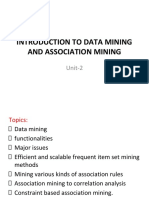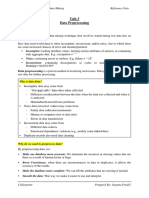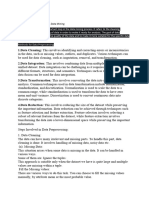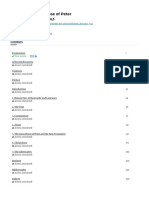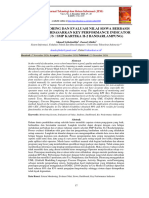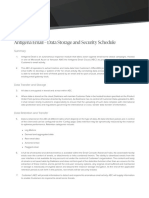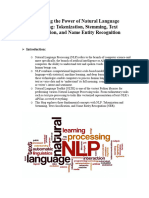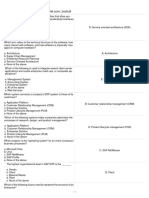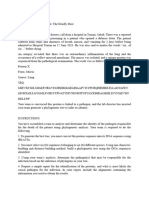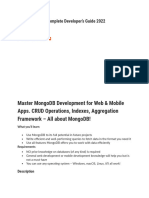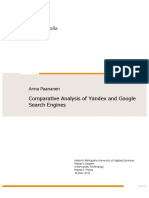0% found this document useful (0 votes)
37 views20 pagesData Warehouse and Data Mining - Definition and Concepts
Data mining is the process of extracting insights from large datasets using various techniques, with a focus on discovering hidden patterns for informed decision-making. Data preprocessing is crucial for preparing raw data for analysis, involving steps like cleaning, integration, transformation, and reduction to enhance data quality and model performance. The document also discusses statistical measures, association rule learning, and specific algorithms like Apriori, Eclat, and F-P Growth used in data mining.
Uploaded by
murshad.045100Copyright
© © All Rights Reserved
We take content rights seriously. If you suspect this is your content, claim it here.
Available Formats
Download as PDF, TXT or read online on Scribd
0% found this document useful (0 votes)
37 views20 pagesData Warehouse and Data Mining - Definition and Concepts
Data mining is the process of extracting insights from large datasets using various techniques, with a focus on discovering hidden patterns for informed decision-making. Data preprocessing is crucial for preparing raw data for analysis, involving steps like cleaning, integration, transformation, and reduction to enhance data quality and model performance. The document also discusses statistical measures, association rule learning, and specific algorithms like Apriori, Eclat, and F-P Growth used in data mining.
Uploaded by
murshad.045100Copyright
© © All Rights Reserved
We take content rights seriously. If you suspect this is your content, claim it here.
Available Formats
Download as PDF, TXT or read online on Scribd
/ 20

































